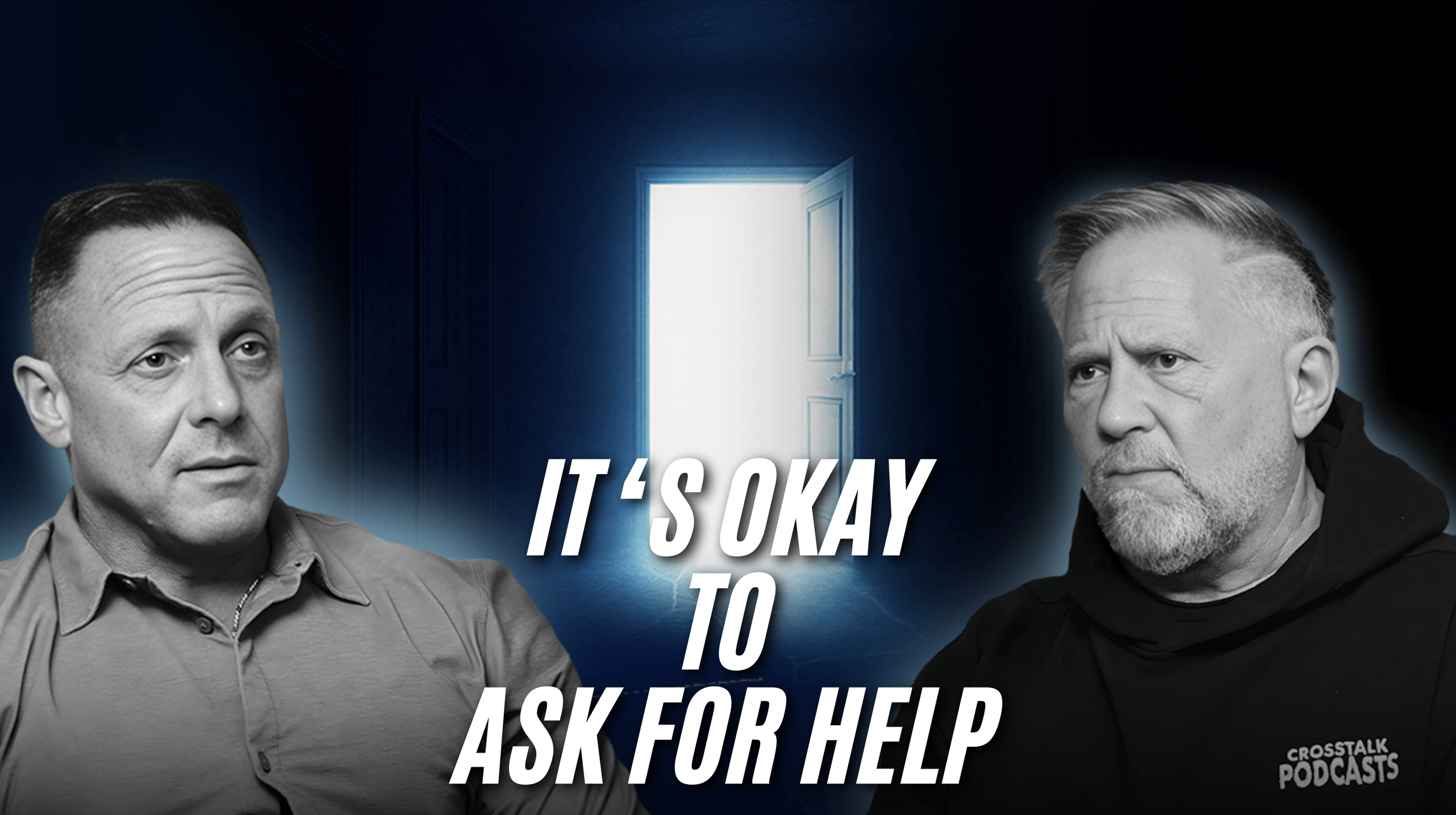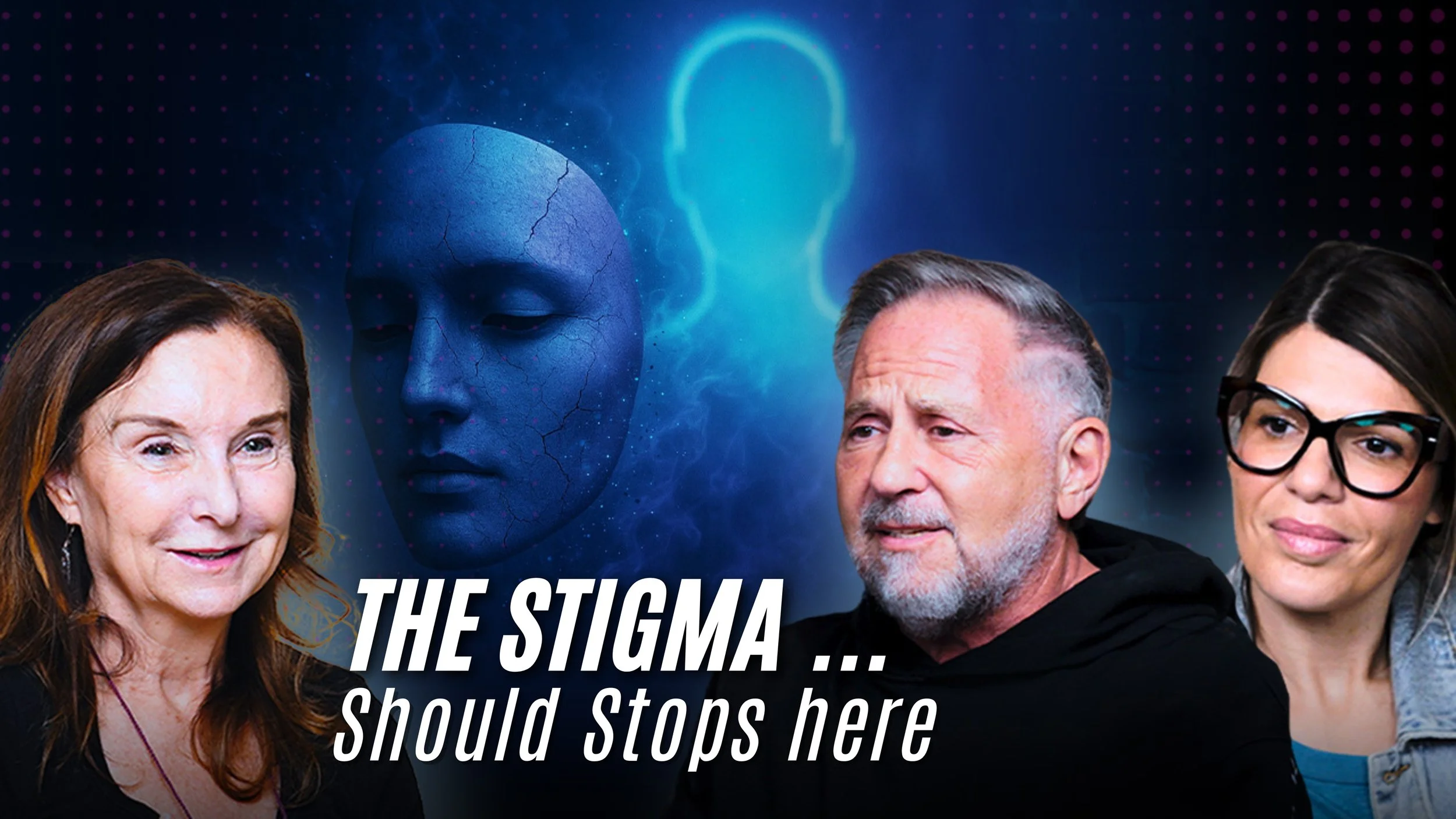Creating A Sober Life from Shame | Taylor B.
Listen or watch on your favorite platforms
Meet Taylor Baim, a personal trainer and recovering addict who has overcome immense personal challenges, including family turmoil, the loss of a close friend, and his own struggles with shame and self-acceptance as a gay man.
Taylor opens up about his tumultuous upbringing, marked by his parents' separation, a chaotic family dynamic, and early exposure to alcohol and drugs. He recounts how his substance use escalated during his teenage years and continued into his twenties, leading to devastating consequences. Despite these challenges, Taylor’s life took a turning point when he reached his lowest point and found clarity in the midst of chaos. Through the support of friends, recovery meetings, and sheer determination, he rebuilt his life. Today, Taylor is almost three years sober and thriving, using his story to inspire and help others.
Whether you're battling addiction, supporting a loved one, or seeking inspiration, Taylor’s story is a testament to the power of resilience and self-love. Tune in to hear how he turned his life around and the lessons he has for anyone walking a similar path.
Growing Up in a Complicated Home
Taylor grew up in the small town of Victor, New York, with a family dynamic that was anything but simple. His parents separated when he was just 12, a split largely influenced by his mother’s progressive alcoholism. Despite living only a mile apart, their separation created a chasm in the family. Taylor and his younger sister became each other's lifelines during this turbulent time. “We were attached at the hip,” Taylor recalls. But the challenges of instability, coupled with societal and internalized shame, began shaping Taylor’s journey long before he realized it.
The First Drink and the Escape It Brought
At 13, Taylor and his sister discovered their parents' stash of wine coolers, an event that marked the beginning of a spiraling relationship with substances. The temporary escape offered by alcohol felt like a relief from the constant turmoil. “It was like I finally found a way to turn my brain off,” Taylor admits. But what began as a curious experiment quickly became a crutch, affecting his relationships and leading to a cascade of poor choices.
The Grip of Addiction
By 16, Taylor’s substance use had escalated to include marijuana and pills scavenged from friends’ medicine cabinets. He describes his active addiction as a time of complete chaos. “We crushed Percocet on railroad tracks, thinking it was cool. Looking back, it was just us trying to escape our reality.” The consequences mounted—failing grades, legal troubles, and alienation from friends and family. Despite graduating high school by the skin of his teeth, Taylor entered adulthood already entrenched in addiction.
Active Addiction - The Descent
Taylor's lowest point came during the height of the COVID-19 pandemic. Isolated and drinking daily, he hit a breaking point after a family altercation turned physical. “That night, I sat on my bed, sobbing with a handful of pills, ready to end it all.” In a moment of clarity, he reached out to a friend, breaking years of isolation and secrecy. “It was like poking a hole in a dam I had built for years,” Taylor shares. That moment of vulnerability became the turning point that saved his life.
The Path to Recovery
The next day, Taylor attended his first AA meeting, accompanied by his father. “I needed to be in a room where someone could understand my anguish,” he says. Over the next six months, Taylor embraced the support of 12-step meetings, his family, and a newfound commitment to honesty. He cut ties with destructive relationships, leaned into his love for fitness, and found solace in sharing his story on social media. These actions became the foundation of his recovery.
Life today
Today, Taylor is nearly three years sober. As a personal trainer, he channels his energy into helping others prioritize their mental and physical health. “I work out for the mental benefits—it’s my therapy,” he says. His relationship with his family has transformed into a source of support and love. Taylor’s message to others? “Recovery is possible. Build a support system, embrace honesty, and don’t be afraid to face your pain head-on. The life waiting for you on the other side is worth it.”
FAQs
How can I tell if I have an addiction problem?
If your substance use or behavior is causing harm to yourself or others and feels out of control, it may be time to seek help.
What should I do if I hit rock bottom?
Reach out to someone you trust—a friend, family member, or support group. Vulnerability can be the first step toward change.
How important is a support system in recovery?
A support system is crucial for accountability and encouragement throughout the recovery process.
Can fitness help with addiction recovery?
Yes, regular physical activity can improve mental health, reduce stress, and provide structure during recovery.
What are the first steps to getting help for addiction?
Admit there’s a problem, reach out for support, and explore treatment options like therapy, support groups, or inpatient programs.
-
instagram
Related episodes
ABOUT CROSSTALK
CROSSTALK reveals real stories of everyday people and notable figures, sharing their journeys from struggles to life-changing 'aha' moments with all kinds .



 Spotify
Spotify














